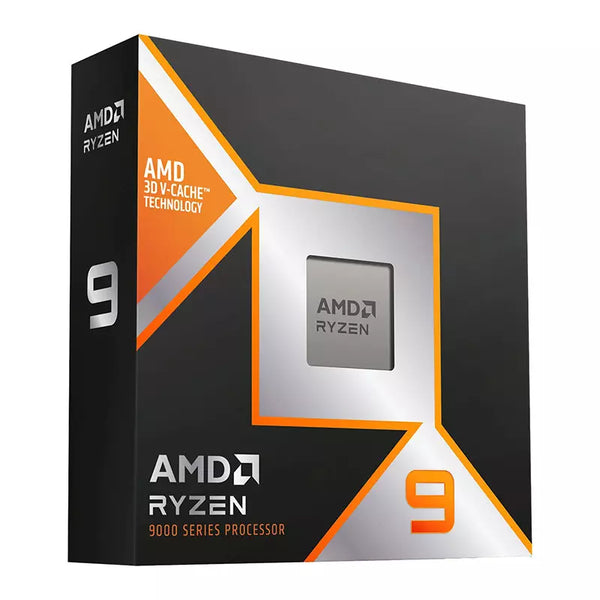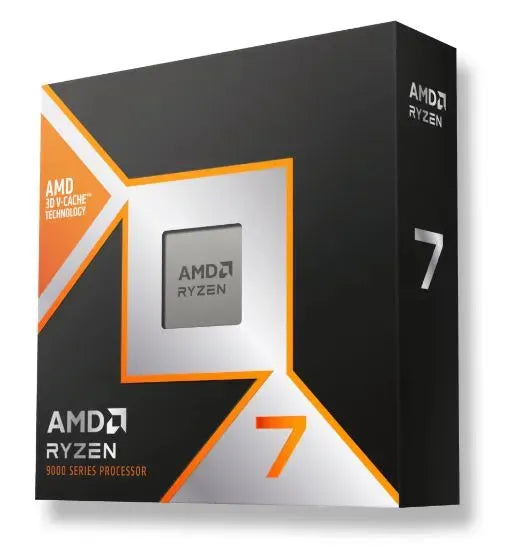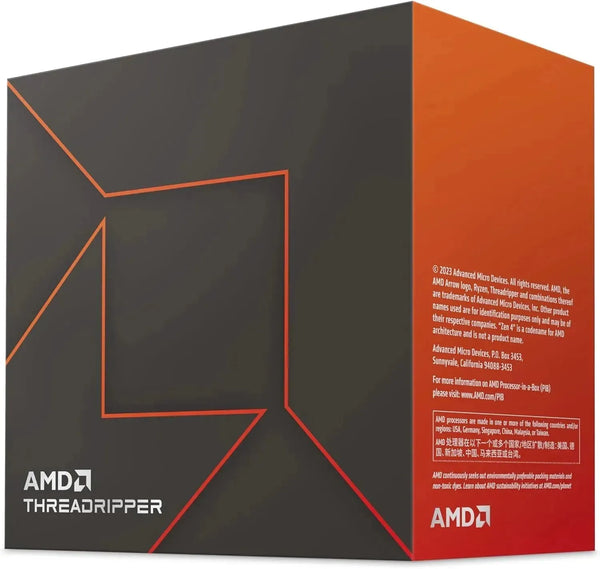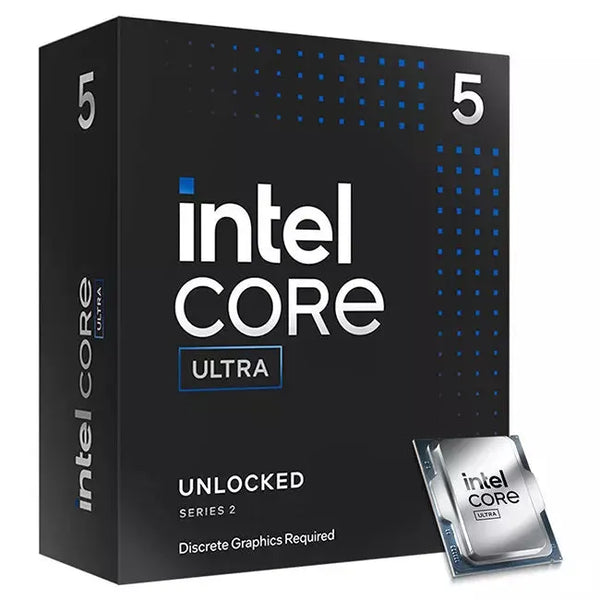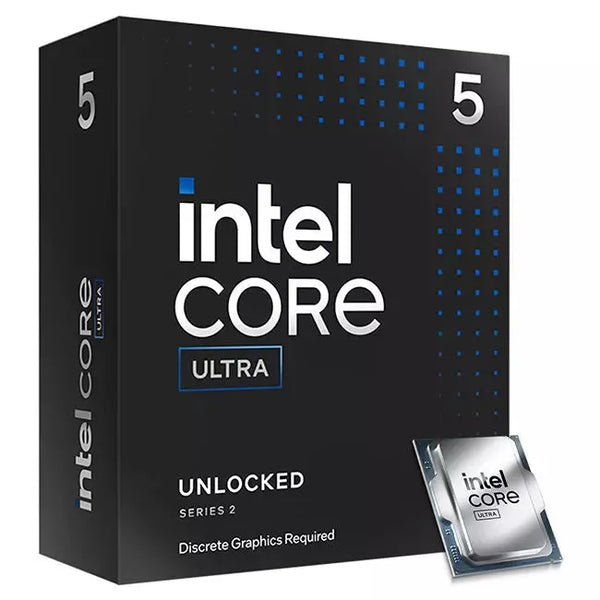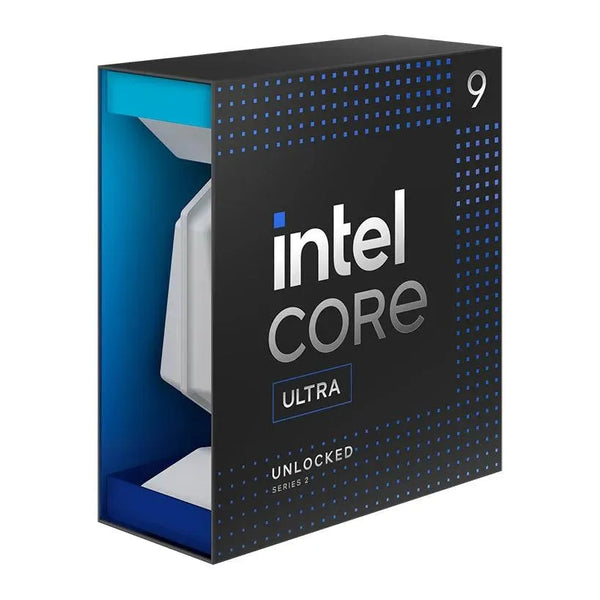Reasons why you should upgrade to Intel’s 12th Gen CPUs
Posted by WAEL MOHAMED
Over the course of the last years, we’ve seen a heated battle between AMD and Intel, the CPUs manufacturing giants have been trading blows over the market share for desktop CPUs… AMD has taken a bigger cut over the last years fortified by its Ryzen CPUs that not only offered better CPUs in overall performance but also gave a really good value for the productivity and gaming CPUs.

On the other hand, Intel was struggling with production issues and they couldn’t deliver a new architecture until the 12th Gen CPUs came along.
The new CPUs offered a new architecture with better performance and efficiency with its Performance with a larger core design paired with efficiency cores that has a smaller design and better power consumption, this is the first time we see this in a desktop CPU lineup.

Performance

The most important reason to upgrade to the new Intel’s 12th Gen processors is the performance gains that reaches up to 11 to 12 percent compared to the 11th Gen processor, of course it’s not a big increase in performance worth upgrading to if you already have an 11th gen processor, but it’ll be a great jump in performance coming from 10th and 9th generation intel’s processor.
DDR5 support

While some of the new 12th Gen motherboards still support the cheaper and more affordable DDR4 RAM, you’ll get the option to have DDR5 memory in your system which will benefit the productivity applications directly.
While there’s no noticeable difference in gaming for DDR5 over DDR4, tests have shown that it can reach up to 15% performance improvement in the productivity and compression apps, making it a great choice for these applications and also a future proofing upgrade.
Better power efficiency

Usage of efficiency cores made the processors from intel’s 12th Gen good in power saving regards… despite the high TDP of some of the processors in this generation, the processors can adjust the power draw smartly according to the tasks using the new thread director and the efficiency cores.
The new CPUs from Intel also supports the latest PCIe 5.0 and DDR5 technology, making it the first lineup of processors to support these industry standards beating AMD to it.
As for cooling solution, you’ll need to check whether or not your current cooling solution will work with the new socket LGA 1700 since it’s larger than the previous LGA 1200 socket, if your cooler supports the new socket, you’ll need to get an upgrade kit to make it work with the new CPUs, otherwise you’ll have to get a new compatible cooler with the new CPUs.
You can get all your needs from the 12th generation CPUs from here
TAGS:
SHARE:



